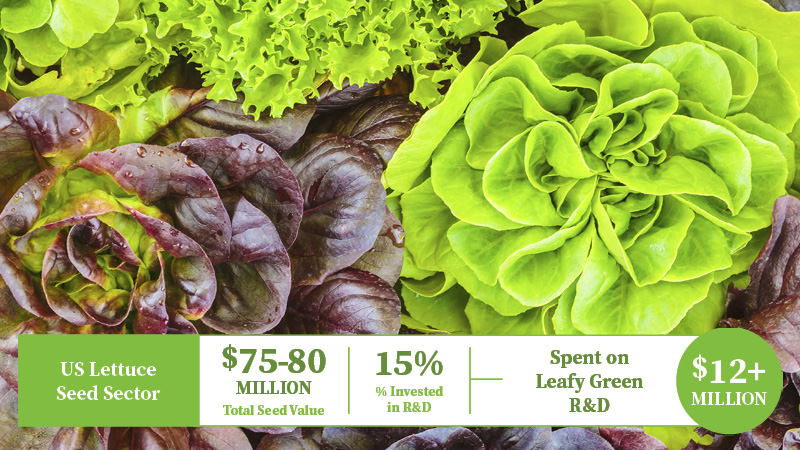The Fallacy Of Bins Per Acre [Opinion]
 Most of you have heard the story “The Emperor’s New Clothes,” about weavers who promise an emperor a new suit of clothes that is invisible to those who are unfit for their positions. Of course, none of the adults want to risk appearing stupid or incompetent, so it takes a child to point out the obvious, that the man’s naked.
Most of you have heard the story “The Emperor’s New Clothes,” about weavers who promise an emperor a new suit of clothes that is invisible to those who are unfit for their positions. Of course, none of the adults want to risk appearing stupid or incompetent, so it takes a child to point out the obvious, that the man’s naked.
That’s kind of how I felt in the winter of 1998. I was attending my first conference of the Washington State Horticultural Association, and as I walked into the keynote lecture on that first morning, I noticed handsome wooden half-barrels of large, beautifully colored apples. I grabbed one, took a bite and, well, “Yuck.” Tasteless and mealy, I immediately tossed it in a trash can.
Then I looked around and noticed none of the other people at the conference were eating the apples. Well, I thought, it wasn’t long since breakfast and maybe these guys eat so many apples that they get sick of them. But, secretly, I felt like the boy in the story, that I knew there was something obviously wrong, but nobody was talking about it.
But one man was. The keynote lecturer that morning was Bruce Barritt, then the chief of Washington State University’s apple breeding program, which is now in the capable hands of Kate Evans. Barritt said the industry had forgotten the consumer is king and we needed to change. He showed a picture on the screen of trees being bulldozed and said “This is how we change in our industry.” Many in the crowd — growers of older Red Delicious strains, no doubt — groaned; I wanted to stand up and cheer.
I had several flashbacks to that day this month while helping put together this issue of the magazine. The first was in interviewing Mark Seetin, USApple’s director of regulatory and industry affairs. He said the industry had come a long way from the bad old days of, you guessed it, 1998.
It’s been an increase in consumption driven by new varieties that has changed the landscape. Professor Emeritus Dr. Barritt, please take a bow. This has been led, of course, by Honeycrisp, the first varietal name to become part of the consumer lexicon in a long, long time.
Then I had another flashback when I read the very fine cover story on Lamont Fruit Farms by my colleague, Christina Herrick. That story noted the growers have planted numerous varieties in addition to Honeycrisp, including SweeTango, Koru and Pazazz, in addition to traditional varieties.
Then co-owner Rod Farrow made a comment about how many growers look at bins per acre instead of dollars per acre. He sounded exactly like an ag economist I interviewed for the first time seven years ago, Clark Seavert of Oregon State University.
Seavert said too many growers leave blocks in for all the wrong reasons. From “It’s a heavy producer,” to even worse, “It yields well in some years,” to perhaps the worst of all, “That block holds a special place in my heart because my Dad planted it.”
Simply put, Seavert said, look at profit per acre. That’s the name of the game. As Farrow says “We have consistently had the highest ‘dollar per acre costs’ but the lowest ‘dollar cost per dollar of income’ in the New York Fruit Farm Business Summary.”
Some growers are so focused on saving money on inputs, they save themselves right out of business. Instead, look at each orchard block or vineyard and how you can generate the most profit per acre. Make sure your business plan is sharply focused. Your banker will thank you. ●









